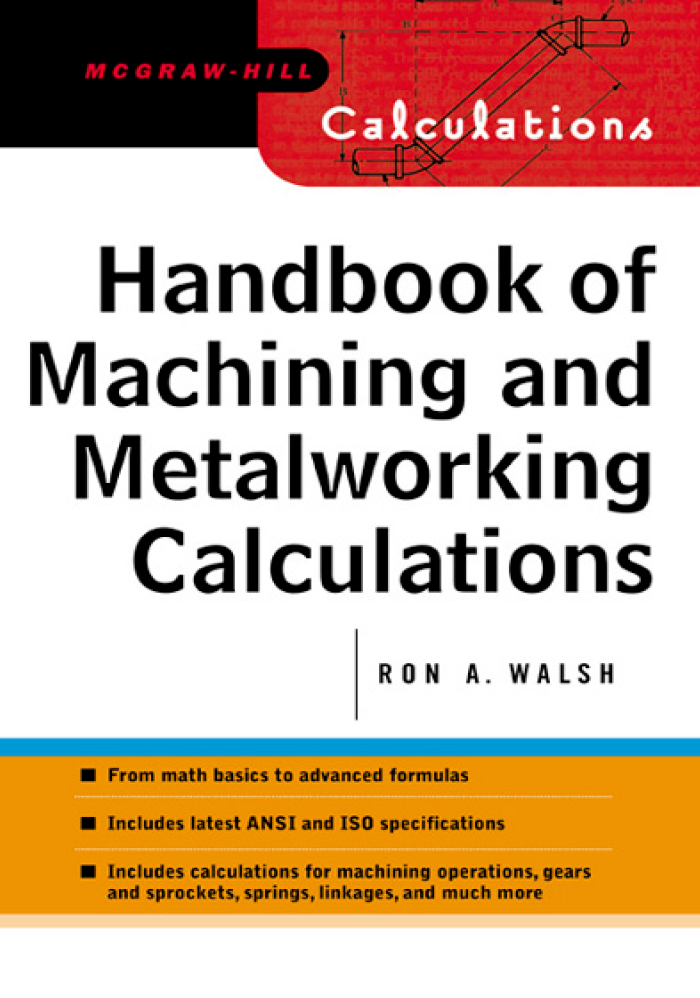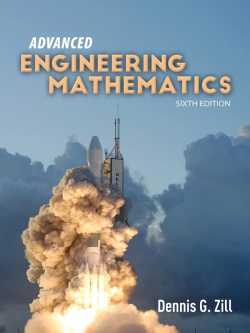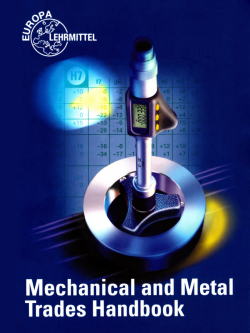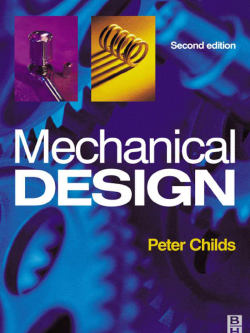Description
This handbook contains most of the basic and advanced calculation procedures required for machining and metalworking applications. These calculation procedures should be performed on a modern pocket calculator in order to save time and reduce or eliminate errors while improving accuracy. Correct bracketing procedures are required when entering equations into the pocket calculator, and it is for this reason that I recommend the selection of a calculator that shows all entered data on the calculator display and that can be scrolled.That type of calculator will allow you to scroll or review the entered equation and check for proper bracketing sequences, prior to pressing “ENTER” or =. If the bracketing sequences of an entered equation are incorrect, the calculator will indicate “Syntax error,” or give an incorrect solution to the problem. Examples of proper bracketing for entering equations in the pocket calculator are shown in Chap. 1 and in Chap. 11, where the complex four-bar linkage is analyzed and explained. This book is written in a user-friendly format, so that the mathematical equations and examples shown for solutions to machining and metalworking problems are not only highly useful and relatively easy to use, but are also practical and efficient.
This book covers metalworking mathematics problems, from the simple to the highly complex, in a manner that should be valuable to all readers. It should be understood that these mathematical procedures are applicable for:
● Master machinists
● Machinists
● Tool designers and toolmakers
● Metalworkers in various fields
● Mechanical designers
● Tool engineering personnel
● CNC machining programmers
● The gunsmithing trade
● Students in technical teaching facilities





